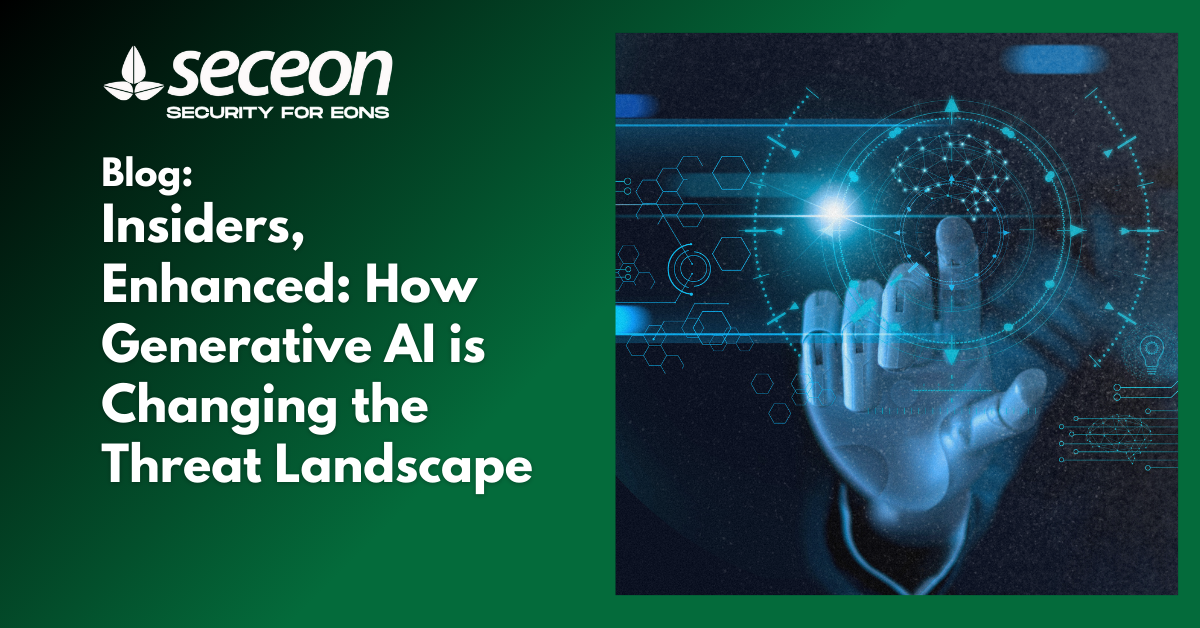
As artificial intelligence becomes more accessible, a new wave of cybersecurity risk is rising from within: insider threats enhanced by generative AI. According to a recent TechRadar report, security professionals are now more concerned about insider threats than external attackers, driven in part by the increasing use of generative AI tools.
While external threats like ransomware and brute-force attacks continue to dominate headlines, the quiet insider, whether malicious or careless, is becoming just as dangerous, especially when empowered by automated, intelligent tools.
The report, based on a survey of 500 security leaders across the U.S., U.K., and Australia, highlights how generative AI tools (like large language models and agent-based automations) can dramatically increase the scale, speed, and stealth of insider attacks.
Bad actors no longer need advanced technical expertise to create believable phishing emails, simulate user behavior, or exfiltrate data unnoticed. With generative AI, everyday employees can weaponize tools to:
And it doesn’t take a rogue insider to cause damage. A well-meaning employee using AI tools without security guardrails—such as uploading sensitive data to an AI chatbot or granting excessive permissions to AI agents—can create unintentional insider threats just as dangerous as deliberate ones.
Surprisingly, only 44% of surveyed organizations use User and Entity Behavior Analytics (UEBA) or similar behavior-based threat prevention tools. Many still rely on static rules or reactive playbooks that simply cannot keep pace with the dynamic nature of AI-enhanced threats.
For Managed Service Providers (MSPs) and enterprise SOC teams, this gap poses a serious risk. Traditional tools often generate too much noise or miss the subtle signs of internal misuse entirely. Worse, the fragmented nature of many cybersecurity stacks leaves blind spots across cloud apps, endpoints, and identity systems.
At Seceon, we take a fundamentally different approach. While malicious actors are weaponizing generative AI, our platform leverages a purpose-built machine learning security platform trained on years of behavioral data, threat patterns, and network activity to stop threats in real time.
Our platform integrates behavioral analytics, automated threat hunting, and real-time response into a unified SIEM-SOAR-EDR platform. This means we don’t just alert you when something goes wrong—we detect and respond to insider threats before data walks out the door.
Whether it’s catching unusual login behaviors, lateral movement, or sensitive file transfers initiated by AI-powered scripts, Seceon delivers:
Insider threats aren’t new—but the tools available to threat actors are evolving fast. Generative AI has the potential to supercharge attacks from within, but with the right defenses in place, organizations don’t have to be caught off guard.
For MSPs tasked with protecting dozens—or hundreds—of client environments, and for enterprises managing sprawling infrastructure, it’s time to rethink threat detection.
It’s not about reacting faster. It’s about anticipating more intelligently.
